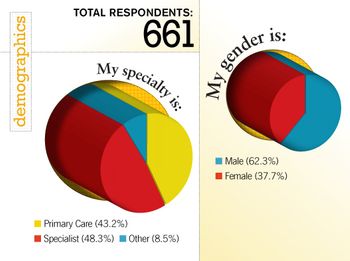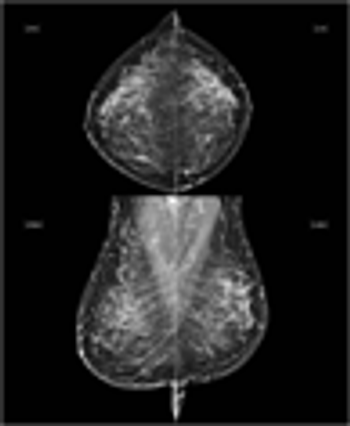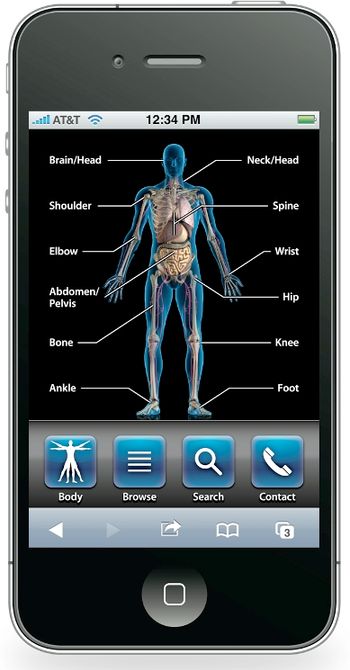
From med-mal to reimbursement, radiologists have quite a few metaphorical guns to our collective heads.

From med-mal to reimbursement, radiologists have quite a few metaphorical guns to our collective heads.

Radiologists feel less competent than other docs when it comes to malpractice, imaging costs, and quality assurance, a recent study found. How well do you understand these issues?

Radiologists believe they are less competent than other physicians when it comes to patient imaging costs and patient safety.

Just over 90 percent of imaging case denials were for imaging services covered by the plan, a patient advocate report finds.

Health Affairs says imaging cuts will hurt needed testing, as well as redundant testing.

Lead shielding patients helps protect operators from radiation exposure during cardiac catheterization, but shielding is less effective for the radial approach than for the femoral approach.

Most of the health systems chosen to form Accountable Care Organizations are physician-led. Are you interested?

Practice mergers or acquisitions are quickly becoming more common, and a Diagnostic Imaging survey found most radiologists are concerned about the trend. Here's how best to handle it.


Most patients want online access to their test results - even if the findings are difficult to understand.

As part of the ABIM Foundation’s Choosing Wisely campaign, the ACR released five common imaging tests that should be discussed before being ordered. Do you agree these tests are often overused or unnecessary?

As part of the Choosing Wisely campaign, nine physician groups, including the American College of Radiology, listed the five common tests or procedures in their specialty that may be overused or unnecessary.

Recent blog posts at Diagnostic Imaging have touted the benefits and highlighted the shortcomings of teleradiology. So, once again, we want to hear from you about this industry trend

Radiology groups bring increased worth through timely service, imaging expertise, high exam quality, expert interpretation, patient safety, and cost containment.

By eliminating the barriers that hamper clear communication and improving leadership skills from within, radiology departments can proactively improve how well they work with hospitals.

Changing reimbursement structures and different healthcare setting models have made understanding practice management and healthcare policy a must.

A Health Affairs study challenges conventional wisdom and finds physicians who have electronic access to previous imaging results are actually more likely to order additional tests.

As the details of healthcare reform begin to solidify, one this is clear: Radiologists must step up and assume greater leadership roles.

Some of the upcoming challenges touch the individual radiologist’s pocketbook; others affect practice. Regardless of the specifics, radiologists will do well to revamp how they view themselves as part of the healthcare system.

ACR, MITA, and AMIC voiced objections to the proposed cuts through an increase in the assumed rate of utilization of advanced imaging equipment and the implementation of prior authorization for medical imaging.

It’s time spent not reading studies, a shift in the practice work flow, perhaps a bit outside of your comfort zone. But it’s a role that is increasingly being demanded of radiologists.

Many in the imaging industry say for radiologists to thrive in the future, they must embrace this responsibility. Are you ahead of the curve?

Tell us what you think about using recalls for radiology board exam prep.

The number of mammography scans is rising, but the number of radiologists willing to read the studies is falling. Enter telemammography.

New mobile app provides ordering physicians with guidelines and imaging ordering support on their smartphones.